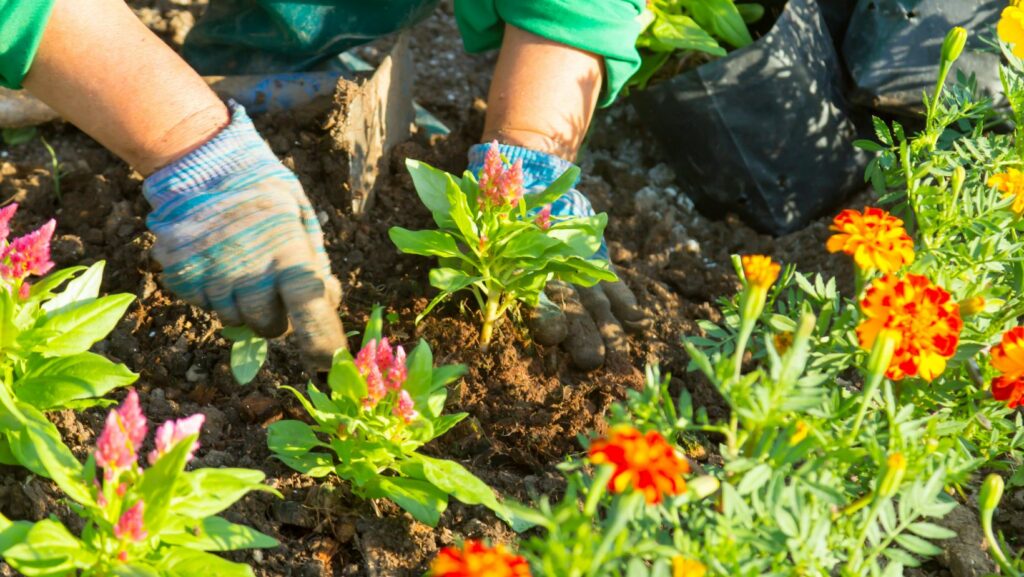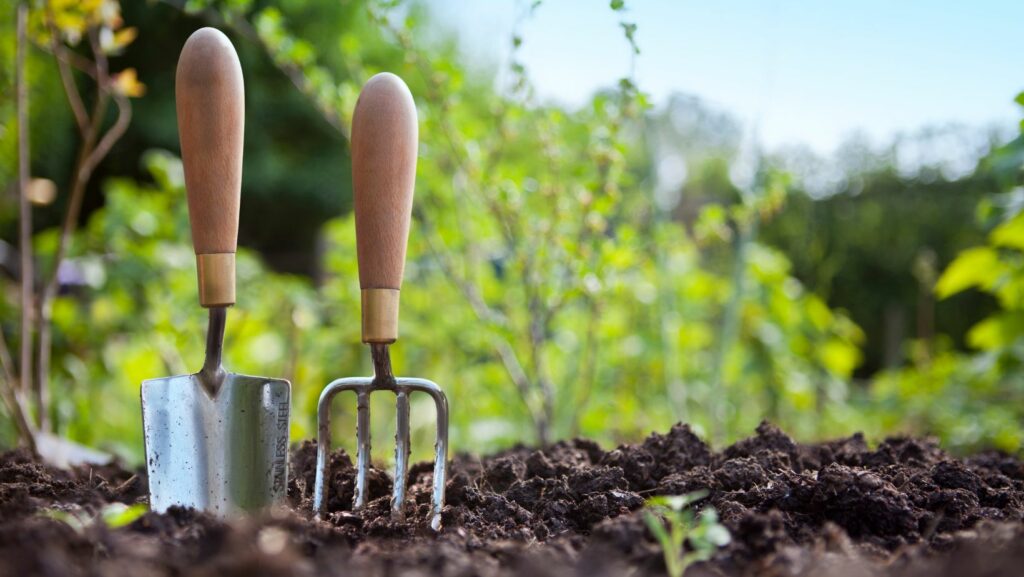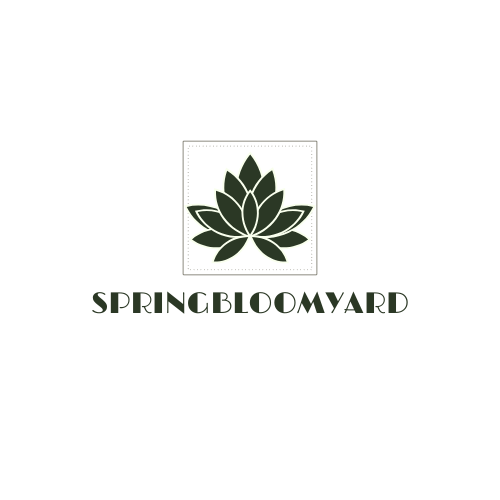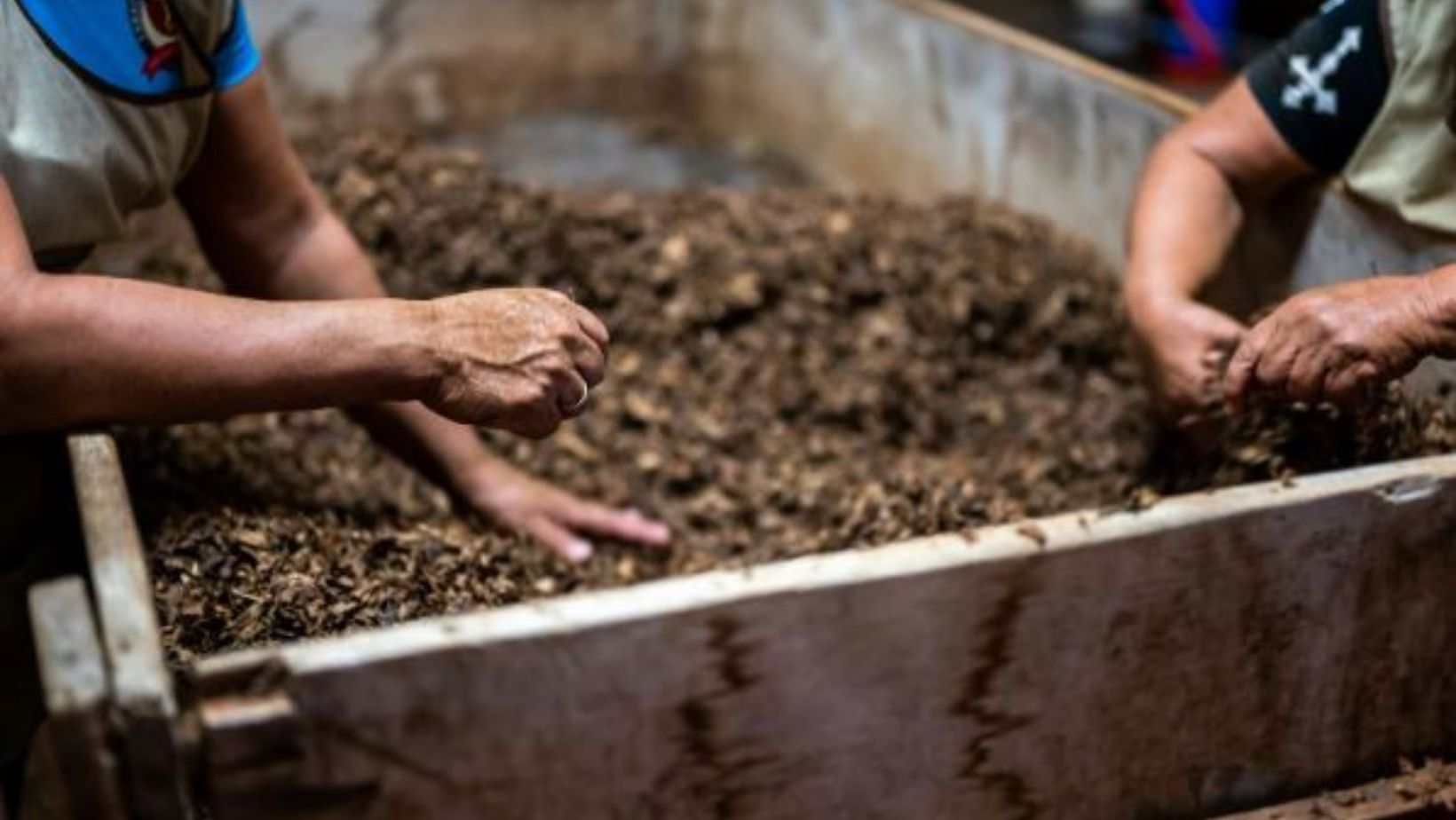Gardens mean different things to different people. For some, it’s a quiet corner to sip coffee. For others, it’s the joy of watching seeds take hold. And for many, it’s a place to feel grounded—literally and figuratively. But as the climate shifts and natural resources become more precious, more of us are starting to ask: can my garden do more than just look good?
The answer is yes. A sustainable garden doesn’t have to be wild or rustic. It just needs to make sense—for your plants, your patch of earth, and the way you live. You can still have neat edges, bursts of colour, and all your favourite herbs. You just do it a little differently.
Here are a few practical, low-fuss ways to make your garden more eco-friendly—without sacrificing beauty or enjoyment.
Compost: The Underrated Hero of the Backyard
Let’s start with something most of us already have—food scraps. Peels, leaves, eggshells, coffee grounds. Normally they end up in the bin, but there’s a better way to use them.
Compost isn’t just for people with massive backyards. Whether you’ve got a corner of soil, a sealed tumbler, or a worm farm under the sink, composting is an easy habit to build—and it does wonders for your garden. You’ll be surprised how quickly waste breaks down when it’s got the right balance of ‘greens’ (like veggie scraps and grass clippings) and ‘browns’ (like cardboard or dry leaves). Give it a bit of air now and then, and in a few weeks you’ll have rich, dark compost that smells like healthy soil.
It’s cheaper than store-bought fertiliser, better for the environment, and your plants will thank you. Even better, your bin will stop smelling like forgotten broccoli.
And if you happen to raise animals or even sell pets online as part of your lifestyle, managing organic waste well can keep your outdoor space cleaner, safer, and more functional.
Water Less. Smarter. Better.
You don’t need to live through a drought to know that water’s something we can’t afford to waste. And while it might be easy to reach for the hose on a warm day, your garden will do just fine with a bit of planning.
A rainwater tank is a great investment if you’ve got the space. Even the small ones—those tucked-under-the-eaves types—can hold enough to keep the garden going between showers. They also make you more aware of how and when you water.
Beyond tanks, here are a few tricks that go a long way:
- Mulch everything. It holds moisture in the soil and keeps weeds down. Old straw, bark chips, even fallen leaves will do.
- Water early or late. Less evaporation, more uptake.
- Group plants with similar water needs. That way you’re not overwatering one bed and underwatering another.
- Choose pots wisely. Ones with saucers hold onto extra moisture. And cluster them together so they shade each other’s roots.
It’s less about restriction and more about getting clever with what you’ve got.

Native Plants: Built for Your Backyard
Sometimes, we make things harder than they need to be. Chasing rare species, battling with finicky flowers, trying to keep something alive that was never meant to handle our heat or soil. But native plants? They belong here. They’ve figured it out already.
When you go native, your garden does more with less. Less water. Less feeding. Less fuss. And they attract the good stuff—bees, birds, butterflies—that helps the rest of the garden stay balanced.
Think about adding a few of these to your mix:
- Grevillea – Flowers all year round and pulls in the honeyeaters.
- Kangaroo Paw – Striking shapes, bright colours, and hardy as they come.
- Lilly Pilly – Grows fast, great for hedging, and produces edible fruit.
- Native Violet – A lovely ground cover that softens hard edges.
You don’t need to go full bush garden overnight. Start with a few and see how they settle in. They’ll likely outlast the exotics and need a lot less babysitting.
Don’t Overdo the Tidying
Not everything in the garden needs to be trimmed, swept, or sprayed. Sometimes it’s the slightly untidy corners that do the most good. Fallen leaves feed the soil. Logs and bark provide shelter for frogs and lizards. And letting a few plants go to seed can bring in beneficial insects that keep pests in check.
Try letting one section of your garden stay a bit looser. Not overgrown—but relaxed. That kind of space has a way of drawing in life. You’ll hear more birdsong, notice more bugs, and see a healthier system unfolding without much intervention.
Design with Nature, Not Against It
You don’t have to rebuild your whole garden to make it sustainable. It’s often the small shifts that make the biggest impact. Think about your space: where the wind hits, where the sun lingers, where the water pools. Then plan around that.
Place your thirstier plants where they’ll catch runoff from the roof. Use hedges as windbreaks instead of plastic fencing. Create small microclimates with shade, mulch, and layered planting. These are the kinds of decisions that build a garden that works with the seasons, not in spite of them.

Final Thoughts
There’s no rulebook for sustainable gardening. You don’t need to get everything right. But if you start with what makes sense—composting, smart watering, local plants—you’ll be well on your way.
It’s not about perfection. It’s about progress. Every handful of compost, every saved drop, every native flower makes a difference. And the best part? You still get all the rewards—green shoots, late-summer colour, fresh herbs on the windowsill.
A sustainable garden isn’t just a good idea. It’s a way of thinking that leaves room for growth—in every sense of the word.

